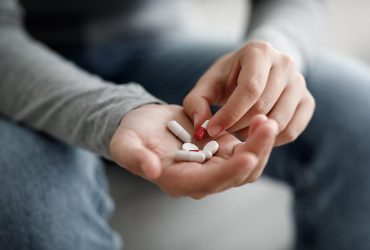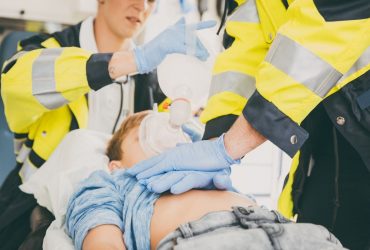Reported symptoms included dizziness, nausea, vertigo, nervousness
Individuals who report being always lonely have significantly higher predicted probability of depression
Those with remission at preadolescence have lower lifetime use of antipsychotics and intensive mental health interventions
Negative outcomes include mental health challenges, traumatic injuries, and increased health care utilization
Social quality of life improved and perceived social handicap decreased
Trauma was more common among elementary school-age students, while psychiatric conditions/substance abuse seen more frequently among adolescents
Prevalence higher for current depressive symptoms and current anxiety symptoms
Link to more depressive symptoms during early adolescence could potentially be due to shorter sleep and worse white matter organization
No significant changes seen in sleep, mood, quality of life for TRE versus usual care, regardless of timing of the eating window
High or increasing trajectories of addictive use of social media, mobile phones, or video games are common among adolescents











